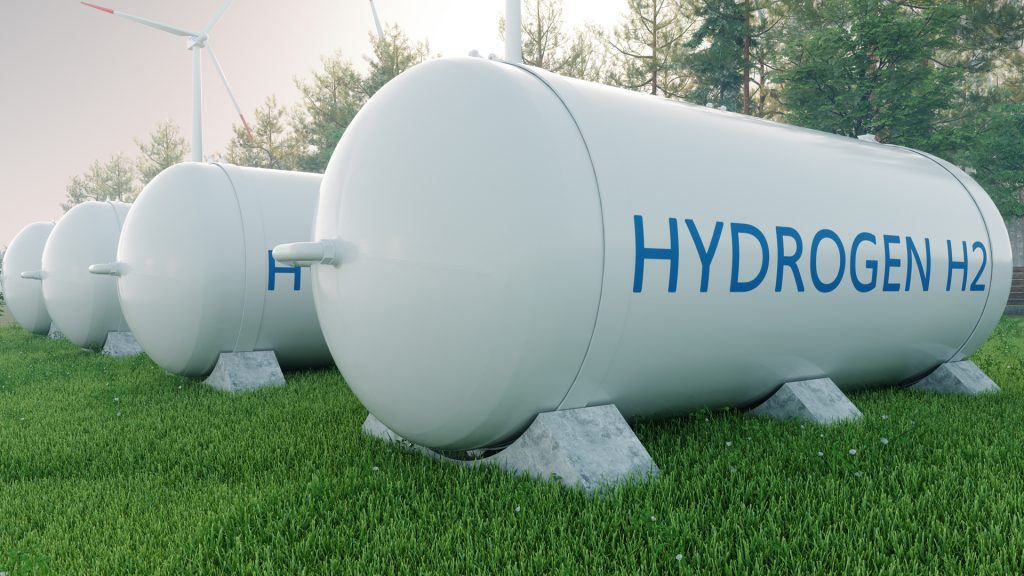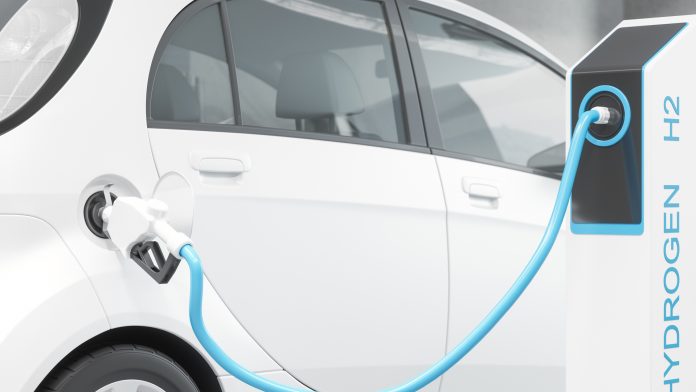Jon Slowe, Director at Delta-EE, discusses the potential role that hydrogen can play in the future energy system.
For a light transparent gas, the future for hydrogen certainly is foggy. The industry is entangled in debates over electrification versus hydrogen, between green and blue hydrogen, and where and how clean hydrogen should be used. With valid propositions on each side, there are plenty of heated questions yet very little clarity.
However, the indisputable argument that unites these opposing parties is the urgency of tackling climate change. The necessity to create a new sustainable energy infrastructure requires a thoughtful approach that considers both nuanced challenges of each separate sector and how different parts of the energy system can better work together. To dispel some of the fog and see the role of hydrogen in the energy transition more clearly, we can start by answering three core questions.
Is there really a battle between hydrogen and electrification?
When mass-hydrogen adoption entered the mainstream decarbonisation debate, it was quickly perceived by some in the heating and transport subsectors as a competitor to electrification. The core of this argument is based on logical reasoning – building full parallel infrastructures to accommodate mass electric and hydrogen transport and heating is neither resource efficient nor affordable. However, it’s unproductive to limit the debate to this binary choice.
With more renewables being built, new challenges arise around the operation of the electricity system. The truly sustainable energy system must be fit for circumstances where energy is being generated when it is not needed, resulting in excess electricity, or instead, for cold winter days and nights with little sunshine or wind to produce electricity when it is needed. Batteries can help – but are certainly not the sole solution given both the amount and duration of ‘smoothing’ of the energy system required – within the day, from day to day, and even across seasons. Part of the answer to this challenge could be hydrogen as a storage medium.
If created via electrolysis during times of excess power supply and stored for example in the gas network or large salt caverns, hydrogen is an attractive storage solution for grid balancing. This is one way in which hydrogen can support electrification. Another example of this complementarity is ‘hybrid’ electric-hydrogen heating system, with buildings heated with electrically driven heat pumps for much of the year, but hydrogen kicking in when electricity is in short supply. Hydrogen-powered fuel cells could even put power back onto the grid and simultaneously produce useful heat on these days.
So, where and why do we use hydrogen?
Once it is clear that hydrogen is an ally, not a competitor, to electrification, a more nuanced debate is possible for where and how hydrogen can be used. For example, two sectors where the hydrogen either/or binaries are transport and heating.
In transport, though there are promising hydrogen offerings for heavy vehicles, light rail, and maritime as a route to decarbonisation, the future of light vehicles is heading towards electrification. For heat, the efficiency of electric heat pumps makes sense in many types of buildings, and government strategies to drive their deployment make sense – together with minimising heat losses via insulation. But to cope with the ‘heating peaks’ on the coldest winter’s day, and to ease some of the retrofit challenges that heat pumps can bring in certain building types, hybrid electric-hydrogen heating systems, or even efficient pure hydrogen systems, have a role to play.

These sectors aren’t necessarily the near-term future for hydrogen though. While our analysis of where green hydrogen production developed in the last decade is deployed today shows that nearly half of demand is in transport applications, the current five-year pipeline of green hydrogen projects sees that shift radically to industry, which is set to account for two thirds of demand by 2025.
Hydrogen can find use-cases in a variety of industrial processes. One category is in hard to decarbonise processes with high temperature requirements. Another is where hydrogen is required as a feedstock, such as in fertiliser production, which today rely on dirtier sources of hydrogen. With no real alternative to hydrogen in these hard-to-abate sectors, these use-cases will be especially beneficial if the UK government’s focus on ‘industrial hubs’ comes to pass, allowing for major industries to be co-located with local hydrogen production, storage, and distribution.
By moving beyond a false either/or choice, we can get a clearer view of where hydrogen can be most useful, without demonising or aggrandising its potential. There is a huge role to play for both electrification and hydrogen to play in reaching net zero.
What will the business of hydrogen look like?
Having a clear view of the role of hydrogen as a scalable energy storage medium, and established the areas of its demand in transport, heating, and industrials, it is obvious hydrogen has a foot firmly in the future of energy transition. The question which remains foggy is exactly how will the business of hydrogen develop?
The success of the sector rests on the three aspects of its value chain: production, distribution, and demand. Like a stool, the hydrogen economy will only stand if it is adequately supported by all three of these legs. In the next years, the energy sector will need to integrate these solutions. When thinking of businesses of hydrogen, organisations that could offer solutions across the whole value chain and prioritise the demand of the consumer – bringing together public support designed to develop the sector – have potential to take a lead in the market.
The Hyundai hydrogen heavy goods vehicle service in Switzerland is a good example of such successful business models. With partnerships across the value chain – H2 Energy, Auto AG, Michelin, and GK Grünfelder – Hyundai provides a holistic offering with their ‘pay per use model’, handling all three aspects from production to distribution, leaving the customer with a simple rental truck solution.
The questions answered above disperse some of the fog around hydrogen by giving businesses a clearer view of the critical role it will play in hitting our net-zero targets. However, clean hydrogen is still produced in tiny volumes and relatively high costs. Although electrolyser deployment for green hydrogen production is forecast to grow by x50 in the next four years, the current pipeline accounts for just 2.7 GW which would contribute less than 1% of all the ‘carbon intensive’ hydrogen currently used in industrial processes.
Governmental support will be needed to help develop the sector and to provide investment certainty – and it will come. For now though, the challenges are creating demand and developing customer-friendly business models and propositions, while tapping into hydrogen’s ability to support the wider energy system.
Jon Slowe
Director
Delta-EE
+44 (0)131 625 1011
Tweet @delta_ee
www.delta-ee.com
Please note, this article will also appear in the seventh edition of our quarterly publication.









